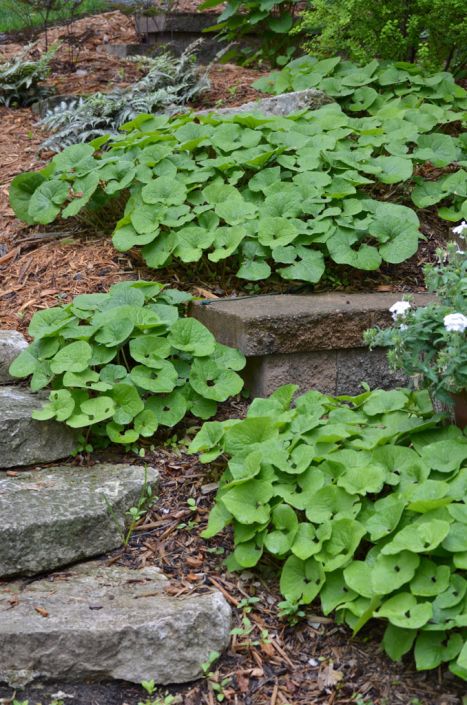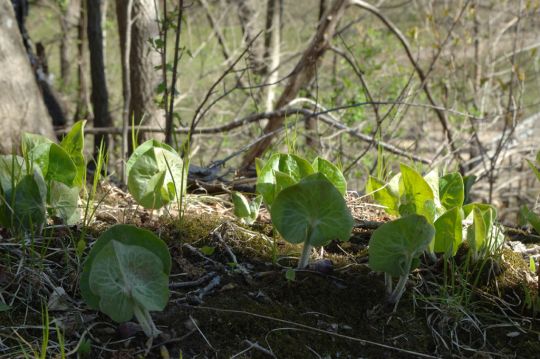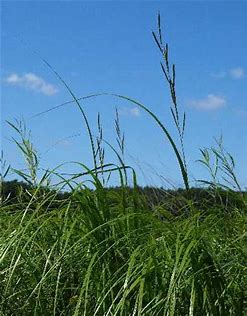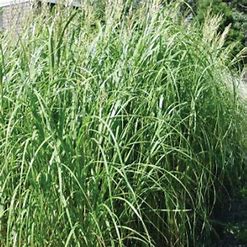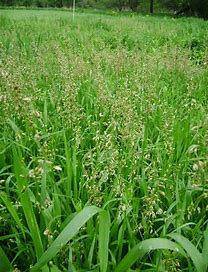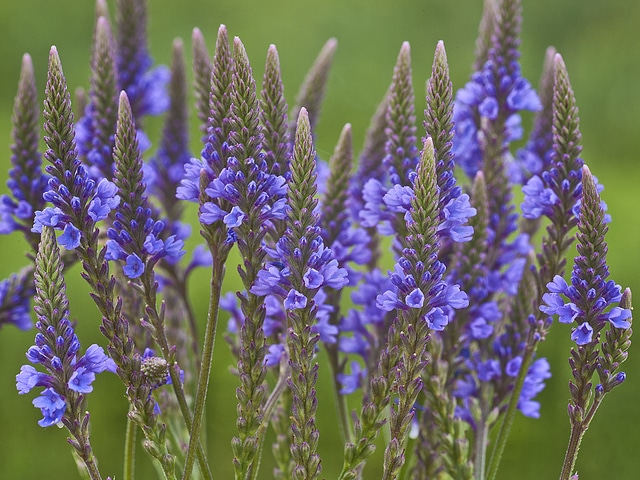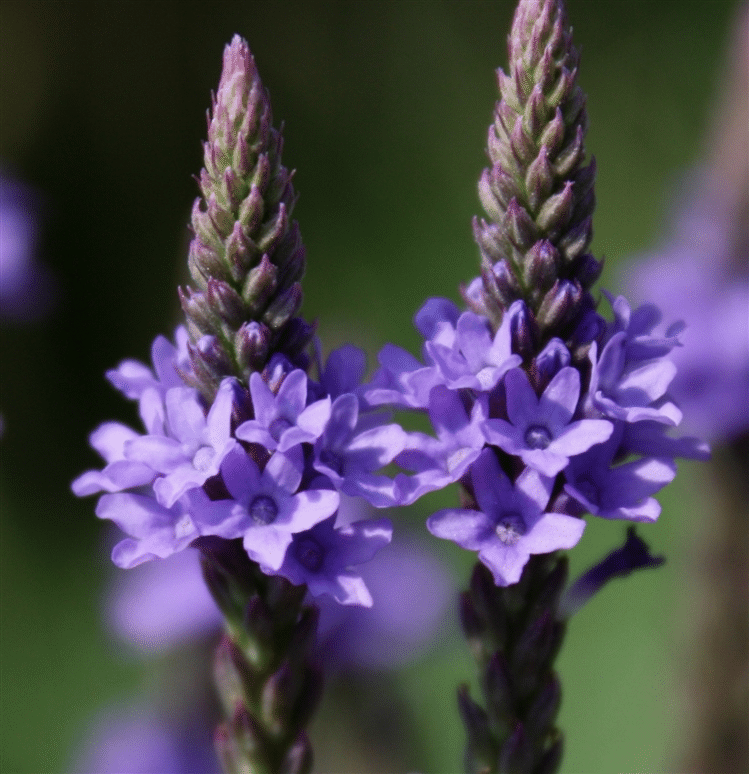Description
Best known for its use as an attractive, low-growing ground cover in a shaded woodland setting, Wild Ginger is also deer-resistant. It enjoys shaded, moist, somewhat acidic soils and will grow 6″ in height and the large heart-shaped leaves can be 6″ in diameter. The leaves are shiny when fully opened and the stems are hairy. Unlike many early spring woodland plants, Wild Ginger will keep its foliage throughout the season; it will not go dormant so it is a good species to plant among the spring ephemerals that do go dormant. An attractive dark red flower will appear under the plant early spring but will fade fairly quickly.
Easily grown in average, medium to wet, well-drained soil, in part shade to full shade. Prefers constantly moist, acidic soils in heavy shade. Spreads slowly by rhizomes to form an attractive ground cover for shade areas.
Although unpalatable to deer and other mammals, it is an important food source for the Pipevine swallowtail Butterfly. Many insects are attracted to Wild Ginger, including ants, believed to pollinate the plant. It’s best to propagate this plant by divisions rather than try to get it going from seed. Divide plants in the early spring before they are actively growing or in the fall as they go dormant.
